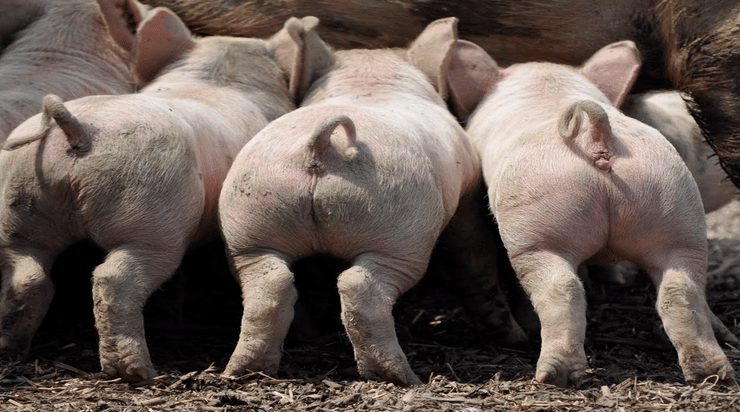Source: Dr jules Taylor-Pickard, Pig Progress 23 September 2020, photo credit: Heather Paul/Flickr/Euracity
The weaning gap can lead to a wide array of problems, varying from welfare issues and bacterial challenges to even death. Getting piglets accustomed quickly to their new surroundings is therefore a must. How can a piglet’s gut be helped to perform its new role better after weaning?
Young piglets at weaning face an array of pathogenic challenges in the gut, which can result in poor growth, higher feed costs due to poor conversion ratios, welfare issues and even death. Piglets initially derive the bacteria within their gut from the environment and their mother. However, the immature gut is vulnerable to invasion by disease-causing organisms, especially at weaning, when the animal must transition from sow’s milk to a compound feed. Several factors at weaning influence the ability of the piglet to thrive and grow.
These include the ability of the structures in the gut and associated organs to increase in size – such as the pancreas for enzyme secretion and the surface area of villi lining the tract – in order to adapt to the new type of feed, which dictates the effectiveness of digestion and the nutrients available for growth and health. In addition, the piglet must establish an appropriate gut microflora and responsive immune system at the same time.
Read more
The South African Pork Producers’ Organisation (SAPPO) coordinates industry interventions and collaboratively manages risks in the value chain to enable the sustainability and profitability of pork producers in South Africa.
















